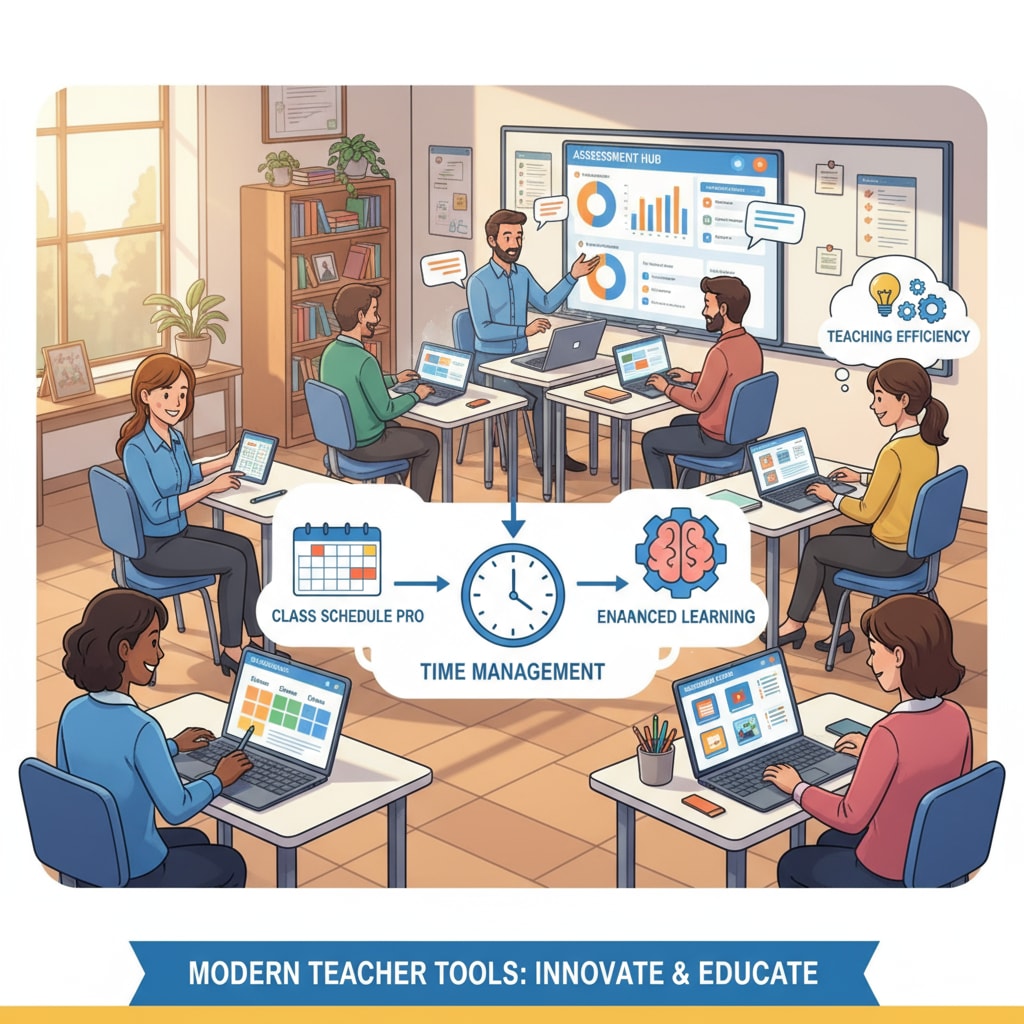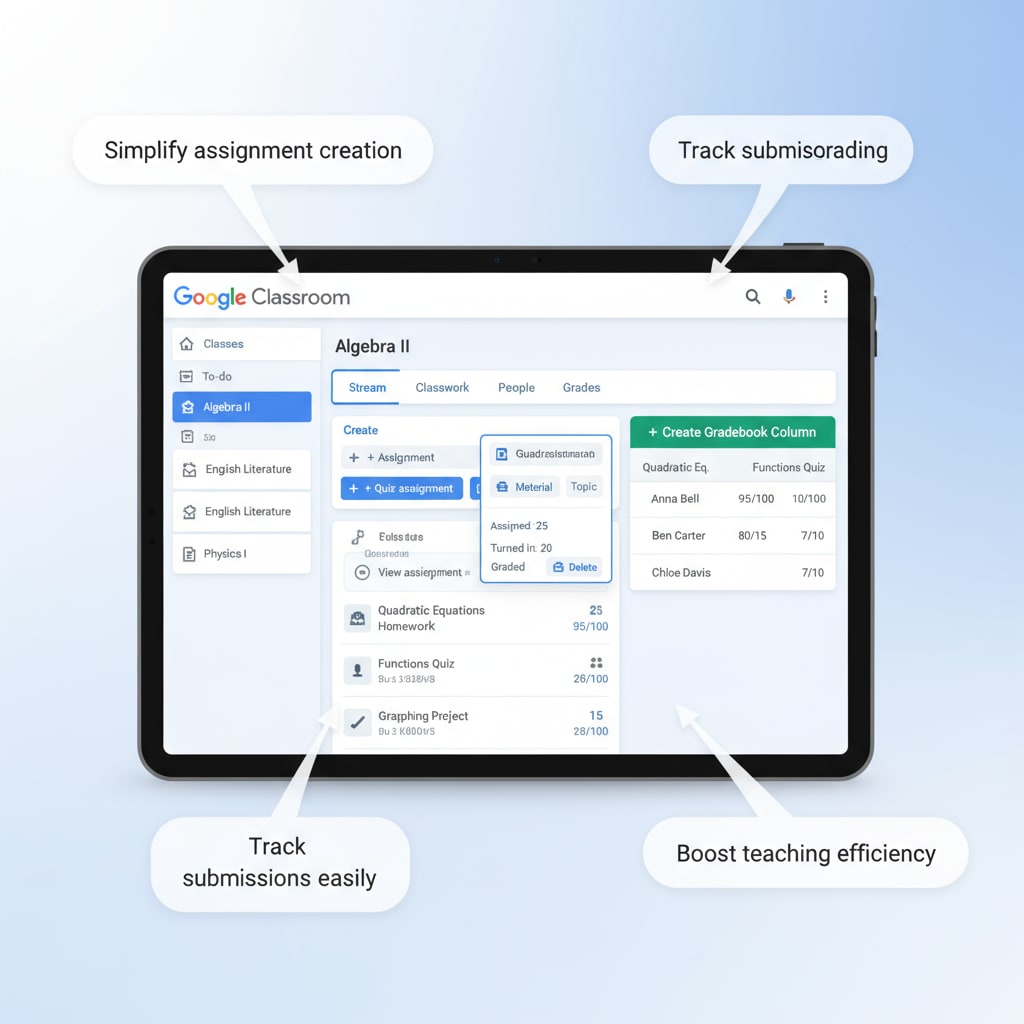In the modern educational landscape, teacher tools, time management, and teaching efficiency have become crucial aspects for K12 educators. With the rapid advancement of technology, there are numerous digital tools available that can significantly transform the way teachers work. Additionally, the potential of AI in education is opening up new horizons. Let’s explore five such tools that are changing the game and what the future holds for AI in this field.

Digital Tools for Enhanced Teaching Efficiency
First on our list is Google Classroom. This platform simplifies classroom management. Teachers can easily create and distribute assignments, grade students’ work, and communicate with the entire class or individual students. For example, instead of spending hours collecting and organizing paper assignments, teachers can do it all digitally, saving a significant amount of time. According to Google Classroom on Wikipedia, it has been widely adopted in schools around the world.

Time Management with Canva for Education
Canva for Education is another remarkable tool. It allows teachers to design engaging teaching materials such as presentations, posters, and worksheets in no time. Teachers no longer need to struggle with complex design software. With its user-friendly interface and a vast library of templates, Canva for Education helps in creating high-quality materials efficiently, thus contributing to better time management. As stated on Canva for Education official website, it has been a go-to for many educators.
Another great tool is Kahoot!. It makes learning fun and interactive. Teachers can create quizzes, surveys, and discussions, which not only engage students but also provide valuable insights into their understanding. This real-time feedback helps teachers adjust their teaching strategies promptly, improving overall teaching efficiency.
Next is Trello, a project management tool that can be effectively used for time management in teaching. Teachers can create boards for different tasks like lesson planning, grading, and student progress tracking. By organizing tasks visually, it becomes easier to prioritize and manage time effectively.
Finally, Quizlet is a powerful tool for vocabulary building and study. Teachers can create flashcards, quizzes, and games for students, which can be accessed on various devices. This helps students learn at their own pace and also saves teachers time in preparing study materials.
The Promising Future of AI in Education
The integration of AI in education is on the rise. AI can personalize learning experiences for students. For instance, it can analyze students’ learning patterns, strengths, and weaknesses to provide customized learning plans. This means that each student can receive targeted instruction, leading to better academic performance. Moreover, AI-powered tutoring systems can be available 24/7, providing immediate help to students whenever they need it.
In addition, AI can assist teachers in grading assignments. With natural language processing, it can grade written assignments, saving teachers a significant amount of time. This allows teachers to focus more on providing in-depth feedback and guiding students. However, it’s important to note that while AI has great potential, human interaction and the role of teachers in shaping students’ minds cannot be replaced.
In conclusion, these five digital tools are just the tip of the iceberg when it comes to enhancing teacher tools, time management, and teaching efficiency. The future of education with AI looks bright, and educators should embrace these technologies to create more engaging and effective learning environments.
Readability guidance: We have used short paragraphs and lists to summarize key points. Each H2 section has a list or clear explanation. Passive语态 has been kept to a minimum, and transition words like ‘for example’, ‘in addition’, and ‘however’ have been used throughout the article to make it flow smoothly.


